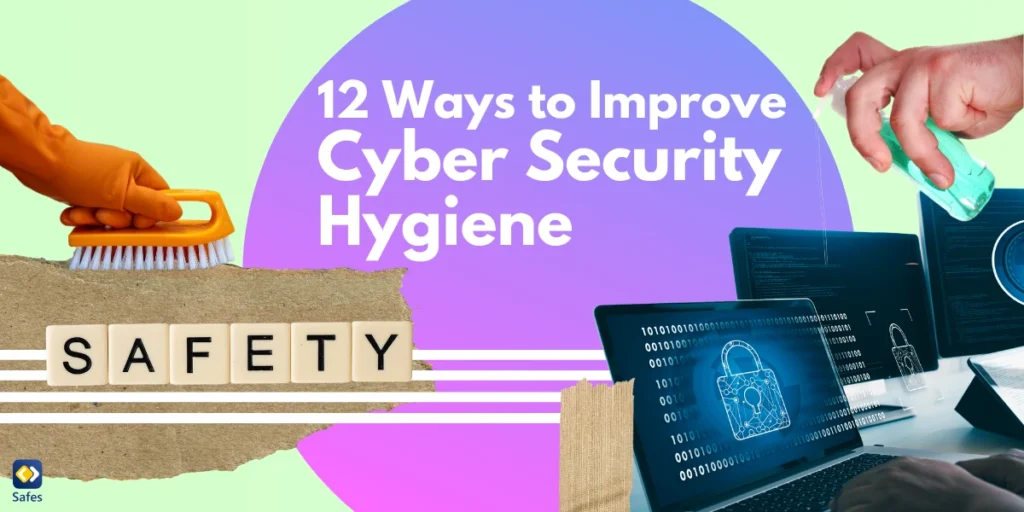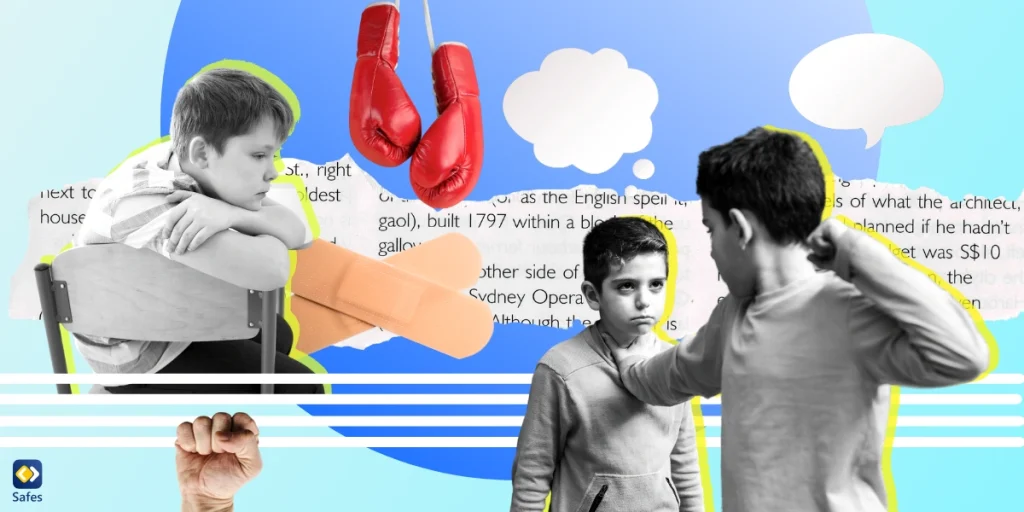We all have a mindset that shapes the way we think, feel, and act. A fixed mindset, however, can limit our ability to learn and grow. It’s a belief that our abilities and intelligence are fixed traits that cannot be changed. This type of mindset can have a significant impact on a student’s academic performance and personal development. Therefore, it’s crucial to recognize fixed mindset tendencies in students and address them. In this blog post, we’ll be sharing some fixed mindset examples in students and how we can help them develop a growth mindset.
Download and Start Your Free Trial of the Safes Parental Control App
Avoiding Challenges
So, what is a fixed mindset example? Let’s say there’s a student named John who avoids challenging tasks in math class because he believes that he’s not naturally good at math and that he’ll never be able to understand it. John thinks that his abilities are fixed and that challenges are threatening, so he doesn’t even bother trying.
To help students like John embrace challenges and develop a growth mindset, teachers can encourage them to view mistakes as opportunities to learn, provide constructive feedback, and offer support and resources.

Fear of Failure
When it comes to fixed mindset examples for students, one common scenario is a student who avoids taking risks to prevent failure. This kind of student tends to view failure as a personal deficiency and seeks validation through success. They may avoid challenging tasks or projects, fearing that they will not measure up to their peers’ expectations.
However, reframing failure as a stepping stone to growth and resilience can help such students develop a growth mindset. Strategies such as emphasizing effort over achievement, providing constructive feedback, and encouraging students to take calculated risks can all help students embrace challenges and overcome fixed mindset tendencies.
Negative Self-Talk
Meet Vincent, a high school student who struggles with foreign languages. John believes that he’s just not good at the subject and that no matter how much he studies, he’ll never understand it. Whenever he gets a low grade on a French test or assignment, he berates himself with negative self-talk, telling himself he’s stupid and that he’ll never succeed.
To encourage positive self-talk and promote a growth mindset in Vincent, it’s important to help him understand that intelligence and abilities are not fixed and that he can improve with effort and practice. Encouraging Vincent to focus on his efforts and progress rather than just his grades can help him develop a more positive and growth-oriented mindset. Providing constructive feedback and highlighting areas where he’s made progress can also be helpful. Finally, encouraging Vincent to take calculated risks and try new approaches to learning can help him build resilience and develop a more positive outlook on his abilities.

Resistance to Feedback
Meet Monica, a high school student who is extremely resistant to feedback and avoids constructive criticism at all costs. She perceives any feedback as a personal attack and feels threatened by it. Monica believes that if she receives any feedback, it necessarily means she has failed and is not good enough.
To help students like Monica embrace feedback and see it as an opportunity for growth, teachers and parents should create a safe and supportive environment, provide specific and actionable feedback, and focus on the positive aspects of her work while offering suggestions for improvement. It’s also helpful to encourage her to ask for feedback while also sharing her own opinion on others’ works in a constructive way to view feedback as a way to learn and grow.
Comparison and Competition
Meet Karl, a middle school student who constantly compares himself to his classmates and seeks to outperform them in every way possible. He believes that success is limited and fixed and that his achievements are solely based on his innate abilities. This fixed mindset leads to unhealthy competition and can create a tense and unsupportive learning environment.
To foster a more collaborative and growth-oriented mindset, Karl can be encouraged to focus on his own progress rather than comparing himself to others. By celebrating small successes and setting achievable goals, he can learn to view success as something that can be developed and achieved through hard work and perseverance.

Fixed Mindset Examples in Students: Conclusion
In a nutshell, developing a growth mindset is crucial for academic and personal success. Unfortunately, many students struggle with a fixed mindset that hinders their progress and discourages them from reaching their full potential. John’s story is just one of many examples of fixed mindset vs. growth mindset examples that students may experience. However, by fostering a growth mindset through personalized feedback, celebrating small successes, and focusing on progress rather than comparisons, students can learn to embrace challenges and overcome obstacles.
Your Child’s Online Safety Starts Here
Every parent today needs a solution to manage screen time and keep their child safe online.
Without the right tools, digital risks and excessive screen time can impact children's well-being. Safes helps parents set healthy boundaries, monitor activity, and protect kids from online dangers—all with an easy-to-use app.
Take control of your child’s digital world. Learn more about Safes or download the app to start your free trial today!




